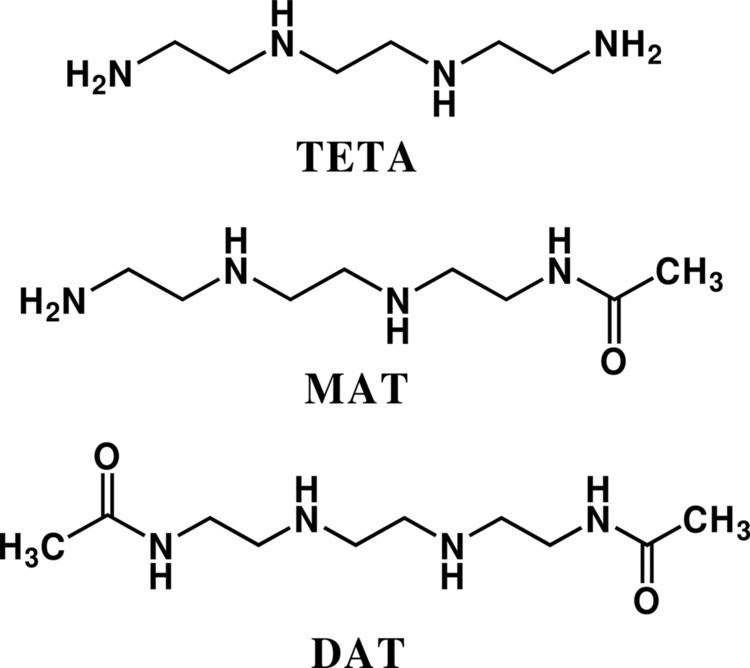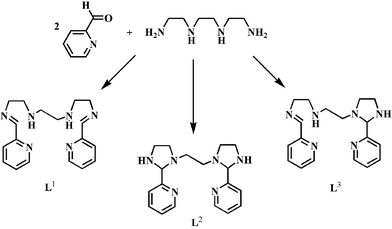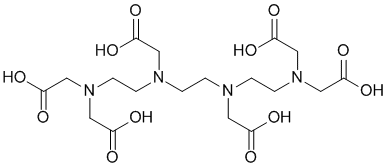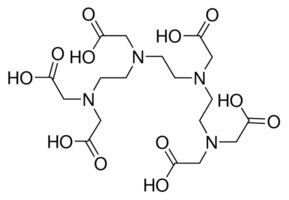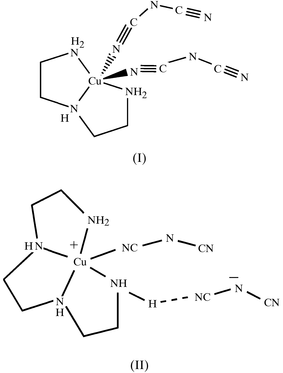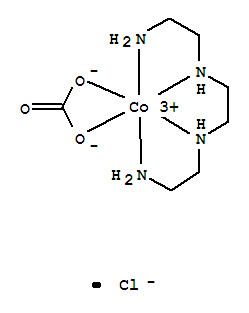Appearance Colorless liquid Molar mass 146.24 g·mol−1 | Formula C6H18N4 UN number 2259 Refractive index (nD) 1.496 | |
 | ||
Related compounds Specific heat capacity (C) 376 J K−1 mol−1 (at 60 °C) | ||
Triethylenetetramine, abbreviated TETA and trien and also called trientine (INN), is an organic compound with the formula [CH2NHCH2CH2NH2]2. This oily liquid is colorless but, like many amines, assumes a yellowish color due to impurities resulting from air-oxidation. It is soluble in polar solvents. The branched isomer tris(2-aminoethyl)amine and piperazine derivatives may also be present in commercial samples of TETA.
Contents
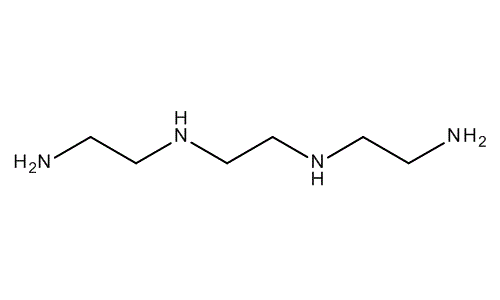
Production

TETA is prepared by heating ethylenediamine or ethanolamine/ammonia mixtures over an oxide catalyst. This process gives a variety of amines, which are separated by distillation and sublimation.
Uses
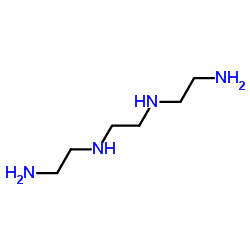
The reactivity and uses of TETA are similar to those for the related polyamines ethylenediamine and diethylenetriamine. It was primarily used as a crosslinker ("hardener") in epoxy curing.
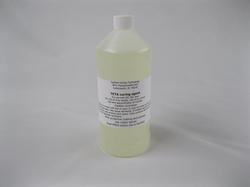
The hydrochloride salt of TETA, referred to as trientine hydrochloride, is a chelating agent that is used to bind and remove copper in the body to treat Wilson's disease, particularly in those who are intolerant to penicillamine. Some recommend trientine as first-line treatment, but experience with penicillamine is more extensive.
Coordination chemistry
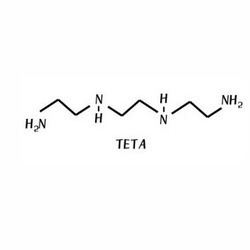
TETA is a tetradentate ligand in coordination chemistry, where it is referred to as trien. Octahedral complexes of the type M(trien)Cl3 can adopt several diastereomeric structures, most of which are chiral.
